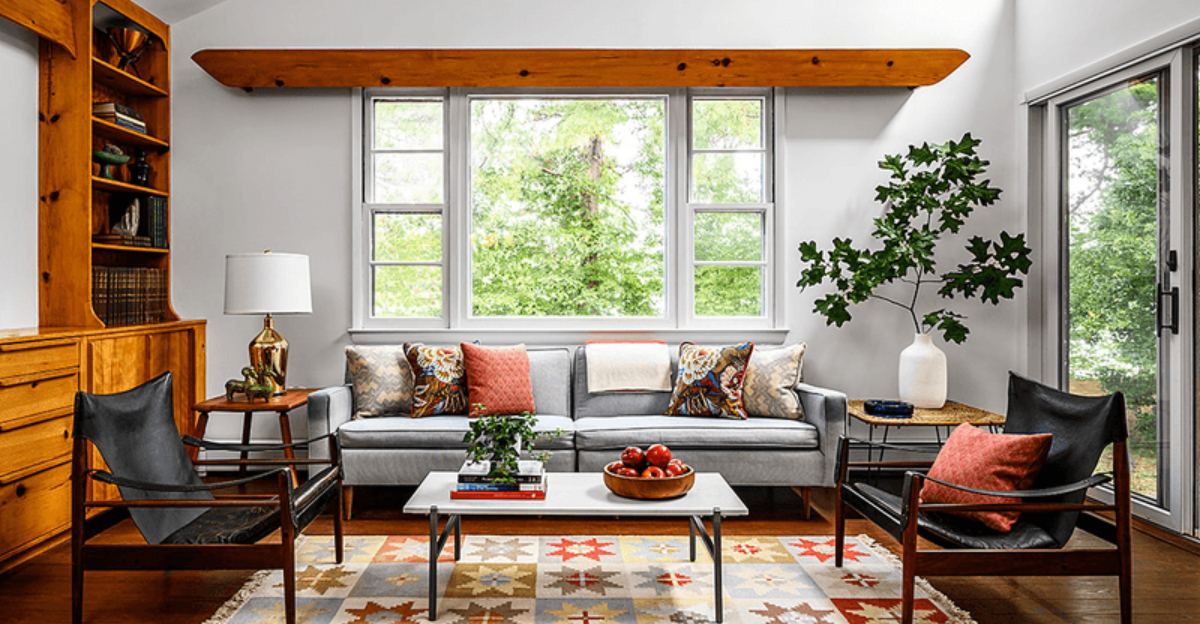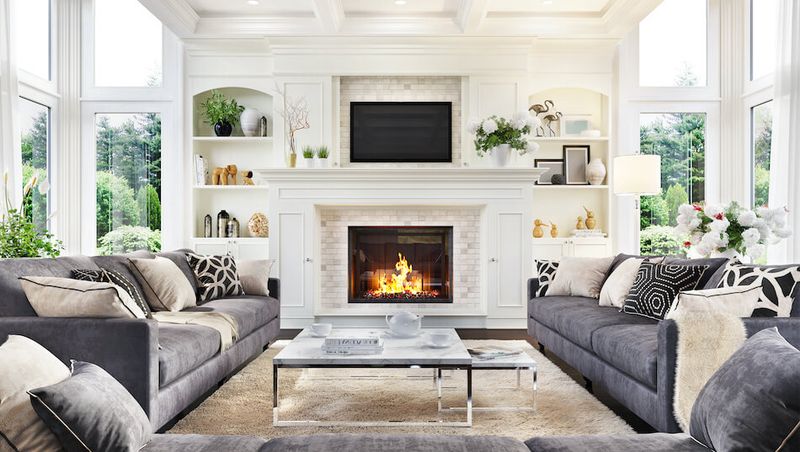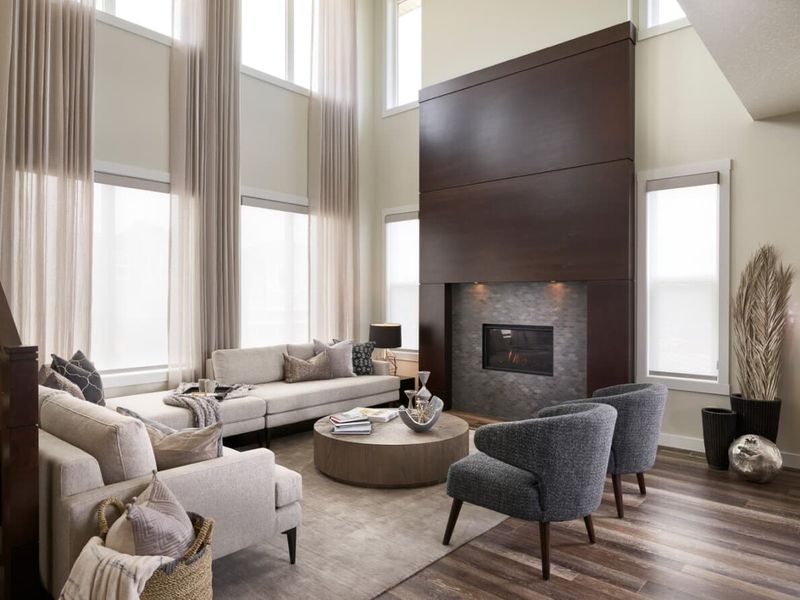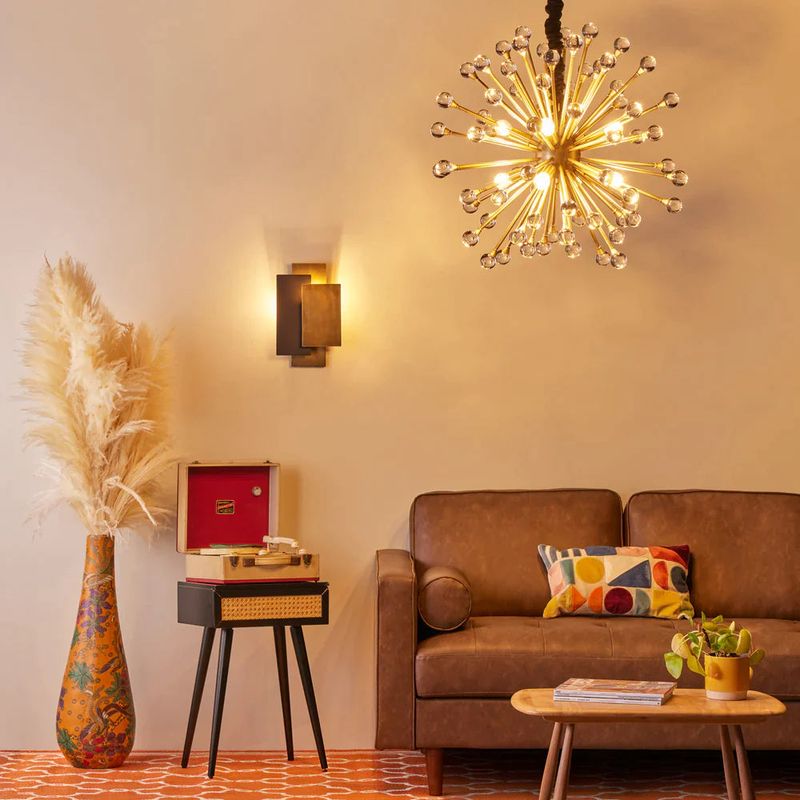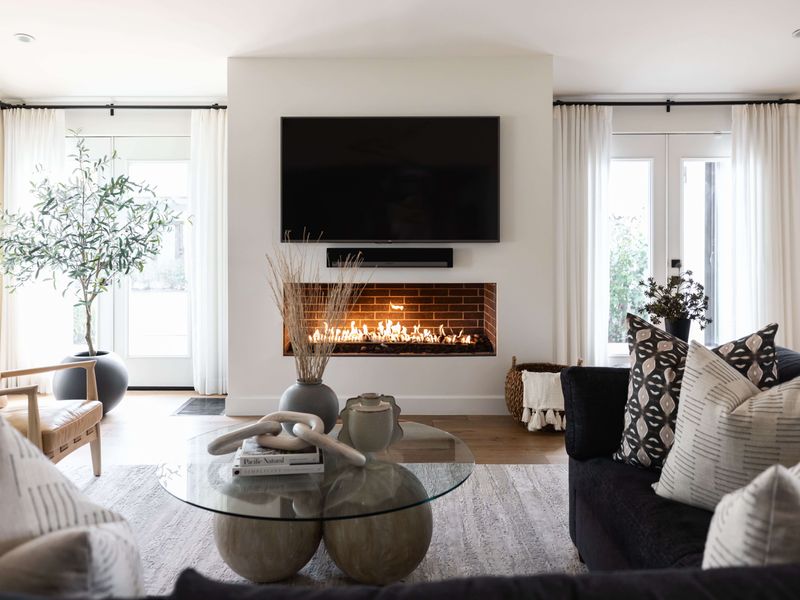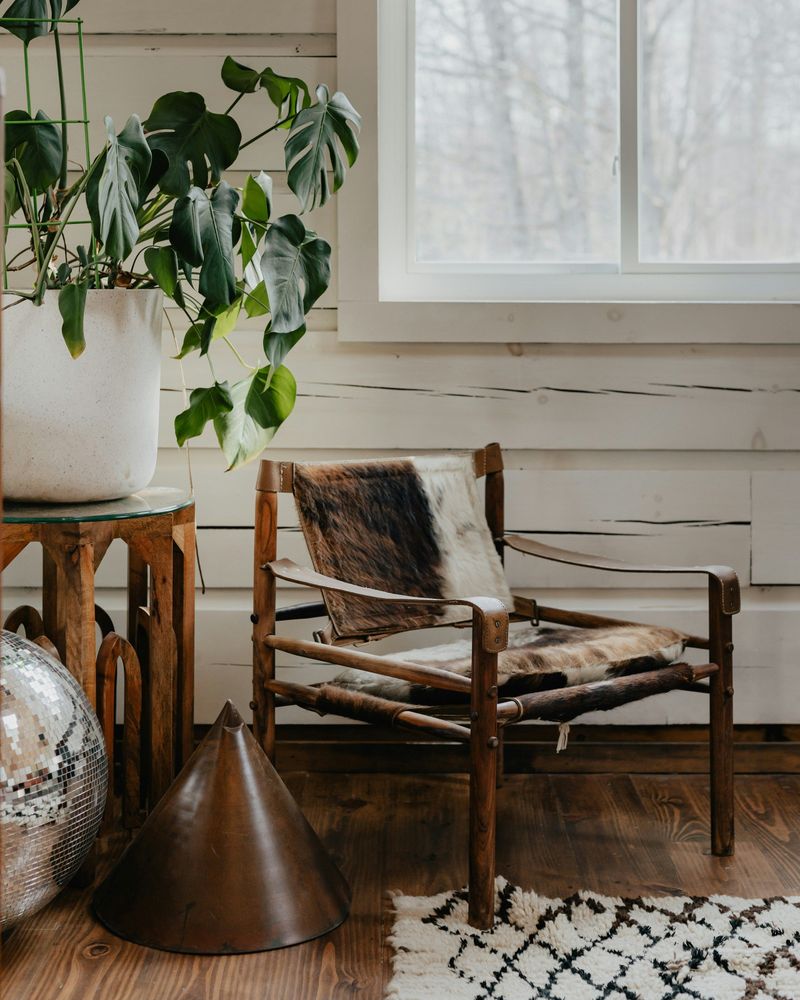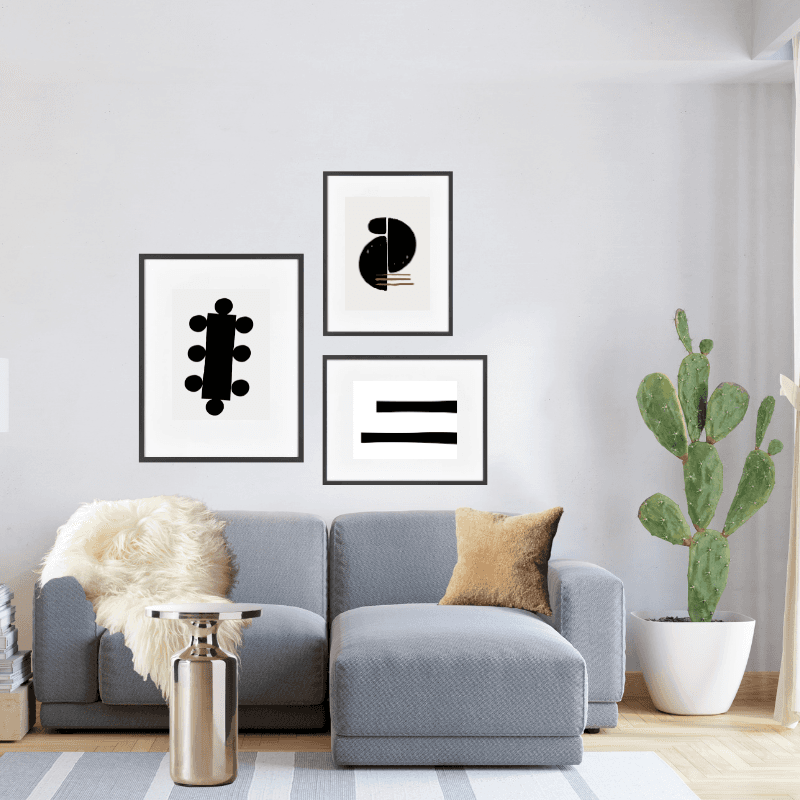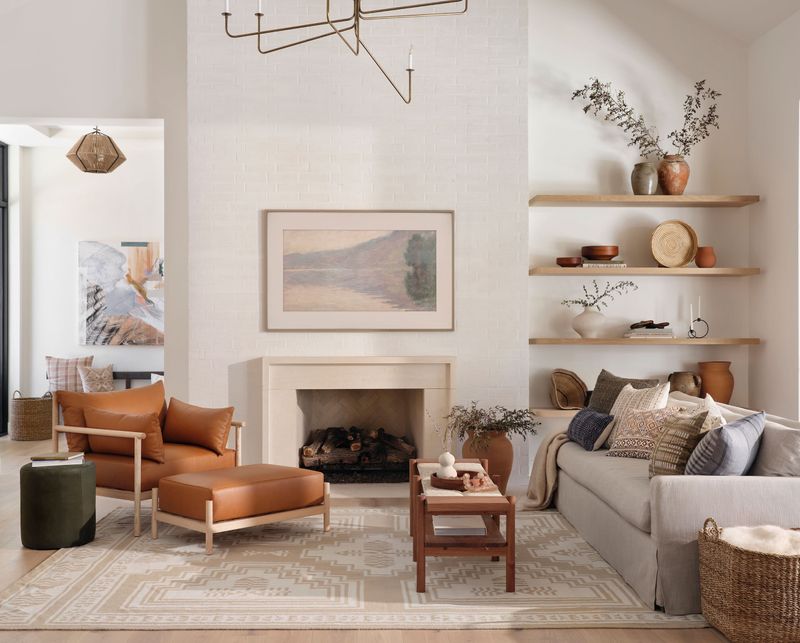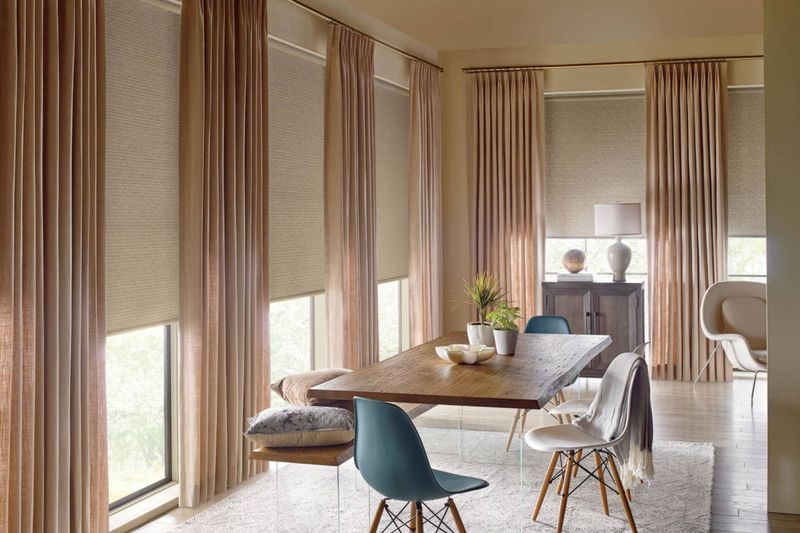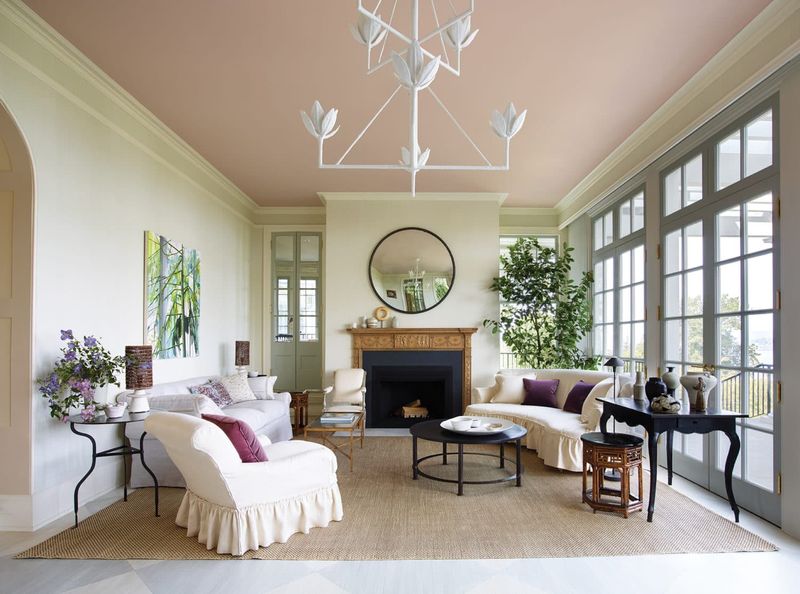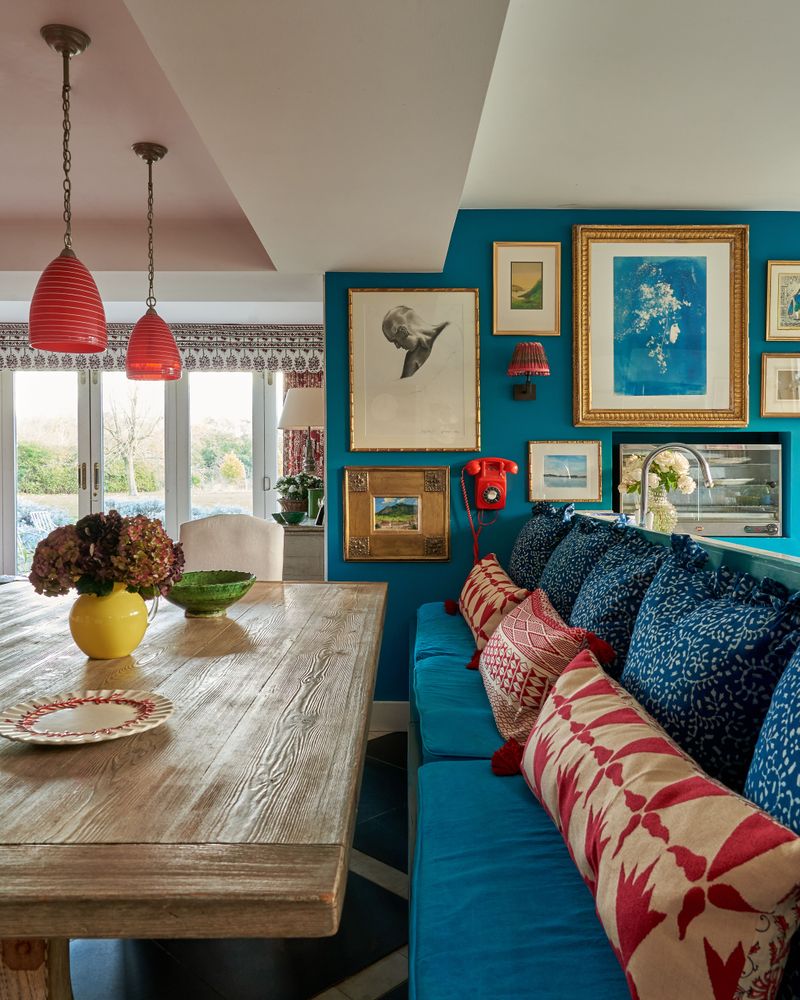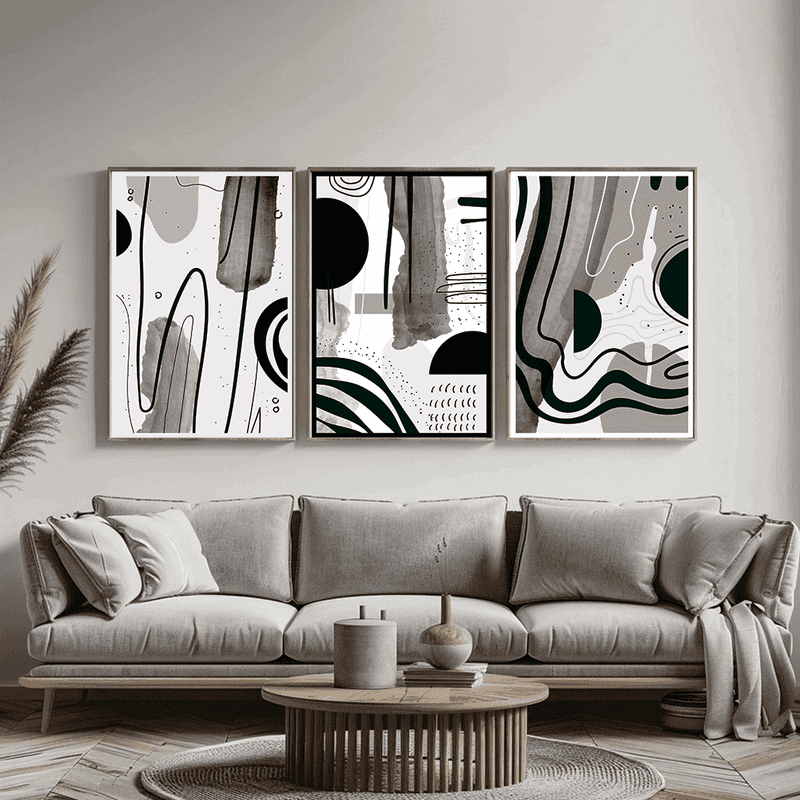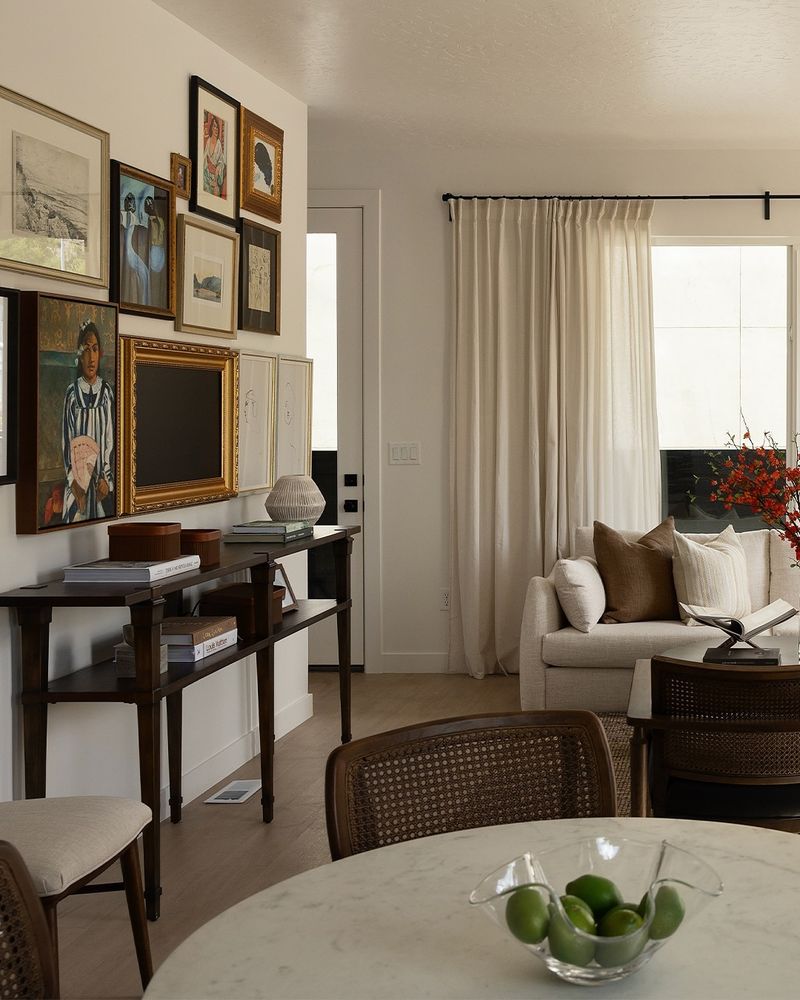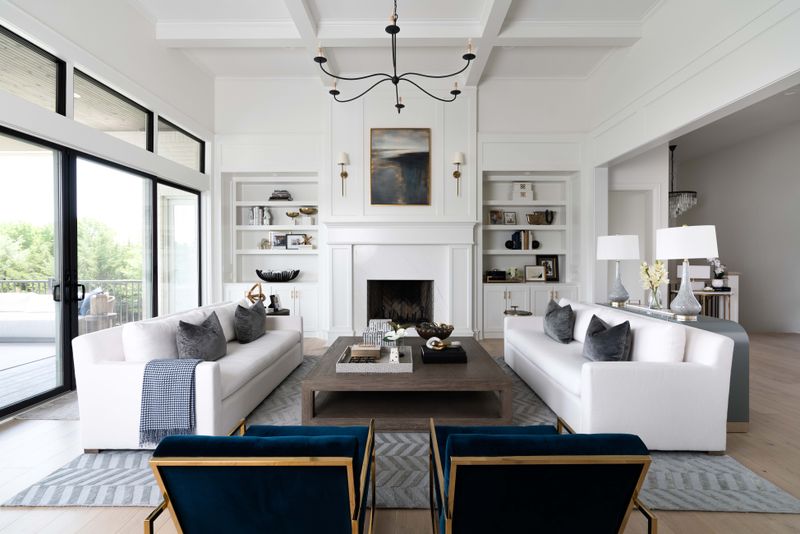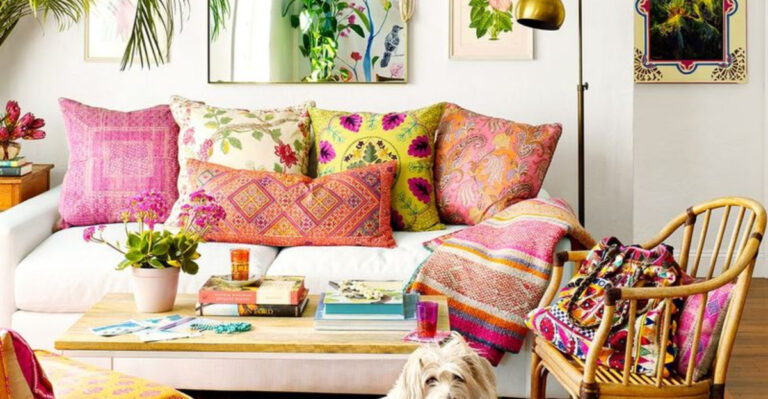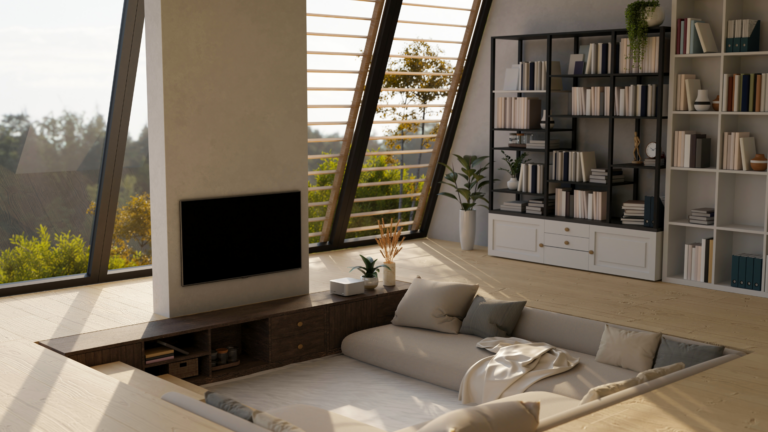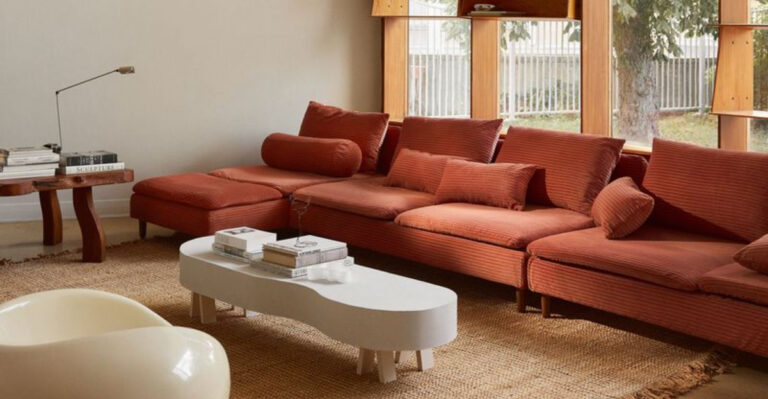20 Must-Know Design Tips For Creating A Cohesive Living Room Style
Creating a stylish living room is one thing – making it feel cohesive is another. It’s easy to end up with a space full of beautiful pieces that somehow don’t quite work together.
That’s where smart design comes in. From color palettes and furniture placement to lighting and texture, every element plays a role in tying the room together.
Designers know the tricks that turn scattered into seamless, helping you craft a space that feels balanced, intentional, and inviting. Here are 20 must-know tips for pulling off a living room style that truly flows.
1. Start With a Color Scheme
Feeling overwhelmed by endless color possibilities? Start by selecting just 3-4 colors that play well together. This simple palette will become your design compass.
Think of one main color, a secondary shade, and 1-2 accent colors that add personality. Your walls, furniture, and accessories will thank you for this clear direction, making the entire room feel intentional rather than random.
2. Choose a Focal Point
Every great room tells your eyes where to look first. Whether it’s a stunning fireplace, a statement art piece, or an eye-catching window view, your living room needs a star of the show.
Once you’ve identified this focal point, arrange your furniture to highlight it. The rest of your design elements should support this feature without competing for attention, creating a naturally balanced space that makes sense to anyone who enters.
3. Select the Right Scale Furniture
Imagine trying to host friends with a tiny loveseat in a massive room – awkward! The size of your furniture should match your room’s proportions.
For larger spaces, choose substantial pieces that fill the area without crowding it. In cozier rooms, opt for sleeker profiles that don’t overwhelm. Mixing different scales creates visual interest, but aim for a comfortable balance where nothing feels dramatically outsized or comically small.
4. Layer Your Lighting
Gone are the days when a single ceiling light was enough! Modern living rooms need at least three light sources at different heights for both function and mood.
Mix overhead lighting (recessed or a statement pendant) with mid-level lighting (wall sconces or table lamps) and low lighting (floor lamps). This creates a warm, inviting atmosphere while ensuring you have enough light for different activities, from reading to movie nights.
5. Add Texture Through Textiles
Want to know why some rooms feel flat while others feel rich and inviting? The secret often lies in texture variety!
Mix smooth surfaces (like leather or glass) with rough ones (such as jute or wool). Incorporate plush throw pillows, a nubby blanket, or a shaggy rug alongside sleeker elements. These contrasting textures add depth and dimension even when working within a limited color palette.
6. Create Conversation Areas
Wondering why some living rooms naturally encourage chatting while others feel awkward? The magic lies in furniture arrangement.
Position seating pieces no more than 8 feet apart, facing each other when possible. This creates intimate conversation zones where people can comfortably talk without shouting. For larger rooms, consider creating multiple seating clusters rather than pushing everything against the walls.
7. Balance Hard and Soft Elements
Rooms with only hard surfaces (wood, metal, glass) often feel cold and unwelcoming. Conversely, spaces with too many soft elements can seem shapeless and undefined.
Aim for harmony by balancing structural pieces like wooden tables or metal frames with softer elements like upholstered furniture and textiles. This contrast creates visual interest while ensuring your space feels both grounded and comfortable.
8. Incorporate Natural Elements
There’s something inherently calming about bringing the outdoors in. Even the most modern spaces benefit from touches of nature that add life and organic beauty.
Houseplants are an obvious choice, but also consider wooden furniture, stone accents, or botanical prints. These natural elements add warmth and character while creating a subtle connection to the outside world, making your space feel more grounded and authentic.
9. Use a Consistent Style Language
Ever walked into a room that felt like a jumbled furniture store display? That’s what happens when styles clash without purpose.
While mixing design styles can work beautifully, there should be a unifying thread – perhaps similar wood tones, consistent metal finishes, or complementary shapes. Think of your room as telling a cohesive story where each piece contributes to the narrative rather than speaking a completely different language.
10. Follow the Rule of Threes
Our brains naturally find groups of three visually appealing – it’s a design principle that works like magic! When styling surfaces or arranging decor, try clustering objects in threes.
Vary the heights, shapes, and textures while maintaining some common element like color or material. This approach works for everything from coffee table arrangements to wall art groupings, creating balanced vignettes that feel intentional rather than cluttered.
11. Anchor with Area Rugs
Think of your area rug as the foundation that holds your furniture grouping together. Without one, pieces can feel like they’re floating disconnected in the room.
Select a rug large enough that at least the front legs of all seating pieces can rest on it. This visually unifies your conversation area and adds warmth underfoot. In open-concept spaces, rugs become even more important for defining separate functional zones.
12. Maintain Visual Flow
Nobody enjoys feeling trapped in a furniture obstacle course! Creating pathways of at least 30 inches allows for comfortable movement throughout your living room.
Consider how people naturally enter and exit the space, and arrange furniture to create intuitive traffic patterns. This thoughtful planning ensures your room functions well for everyday life while maintaining a sense of openness, even in smaller spaces.
13. Embrace Negative Space
Not every inch of your living room needs something in it! That breathing room between furniture and decor items is actually a design element called negative space.
Resist the urge to fill every surface and corner. These empty spaces give the eye places to rest and help highlight your carefully chosen pieces. Think of negative space as the peaceful pauses in a beautiful piece of music – just as important as the notes themselves.
14. Layer Window Treatments
Windows deserve the same thoughtful styling as the rest of your room. Layered window treatments offer both practical benefits and aesthetic appeal.
Consider pairing functional blinds or shades with decorative curtains. This combination provides light control and privacy while adding color, pattern, and softness to your walls. The vertical lines of drapery also draw the eye upward, creating the illusion of higher ceilings.
15. Mix Old and New Pieces
Rooms filled exclusively with brand-new furniture often lack soul and character. The most interesting living rooms tell a story through a thoughtful mix of pieces from different eras.
Try pairing that contemporary sofa with a vintage coffee table, or modern art above an antique console. These juxtapositions create visual tension in the best possible way, making your space feel collected over time rather than purchased all at once from a single store.
16. Consider Your Ceiling
Often called the “fifth wall,” your ceiling offers untapped design potential! While white is classic, don’t be afraid to get creative with this overlooked surface.
A subtle color, interesting wallpaper, or even architectural details like beams or coffers can transform your entire room. Even a simple change like painting your ceiling a lighter version of your wall color can create a cohesive, intentional feel that pulls your design together.
17. Add Personal Touches
What separates a house from a home? Those meaningful items that tell your unique story! Without personal elements, even the most beautiful living room can feel like a hotel lobby.
Incorporate family photos, travel souvenirs, or inherited pieces that spark joy and conversation. These personal touches not only make your space more interesting but also ensure it reflects who you are rather than simply mimicking a catalog picture.
18. Scale Your Wall Art Appropriately
That tiny picture floating in the middle of your large wall is practically begging for company! Wall art should be proportional to the wall space it occupies.
As a general rule, art should take up about two-thirds of the wall space above furniture. For large walls, consider oversized pieces or gallery groupings. When hanging art, position it at eye level (typically 57-60 inches from the floor to the center) for the most pleasing visual impact.
19. Create Depth with Layering
Flat, one-dimensional rooms rarely feel inviting. The secret to creating visual interest lies in thoughtful layering that adds depth to your space.
Overlap elements like a console table in front of a mirror, or a chair partially in front of curtains. Add smaller items in front of larger ones on shelves and tabletops. These layered arrangements create a sense of dimension that draws people in and makes the room feel more dynamic.
20. Balance Your Room’s Visual Weight
Ever had a room that felt like it was tipping to one side? That’s a visual weight imbalance!
Distribute heavier pieces (like dark furniture or large items) evenly throughout your space rather than clustering them all in one area.
If you have a substantial element on one side (like a fireplace), balance it with something visually strong on the opposite side. This creates harmony that feels naturally pleasing.

